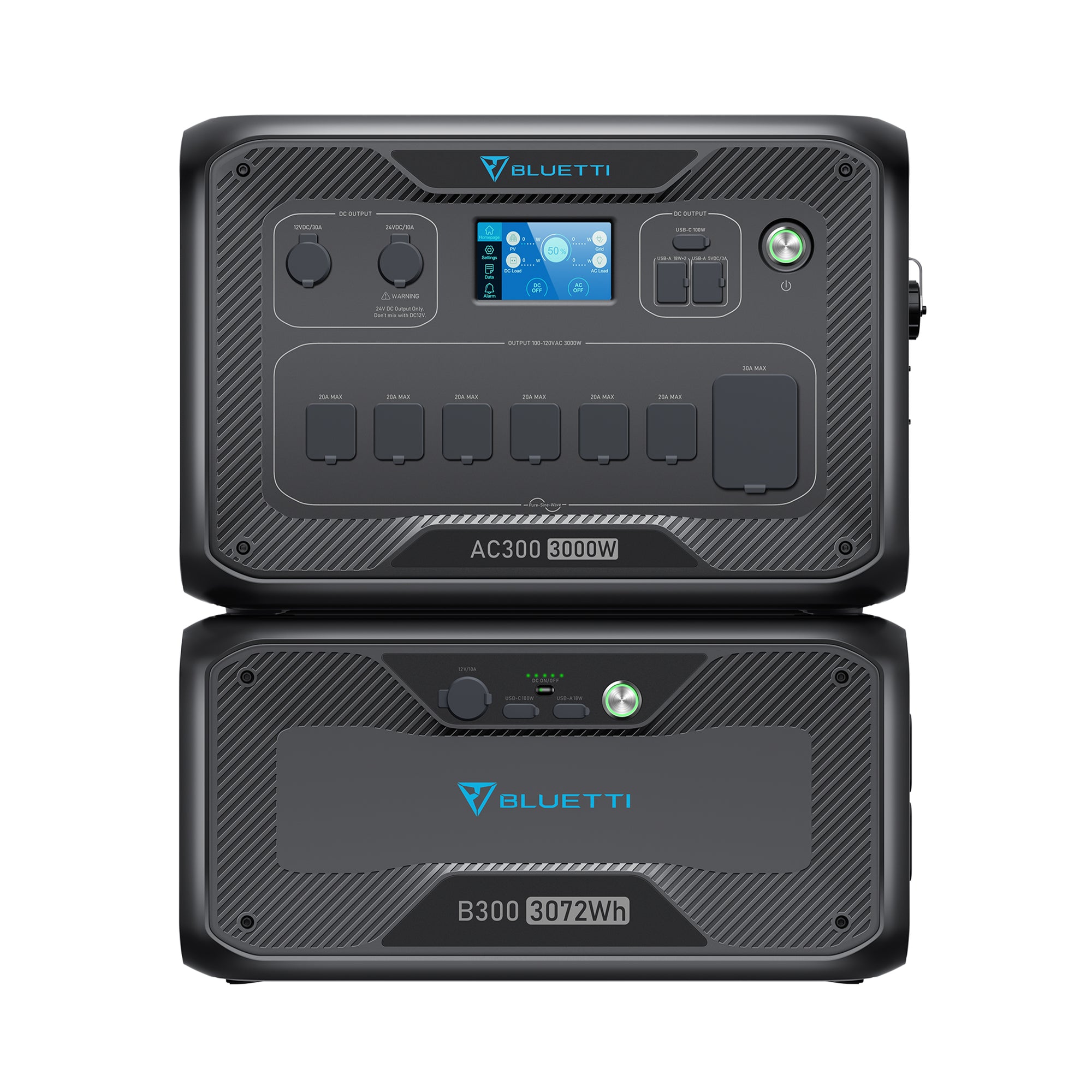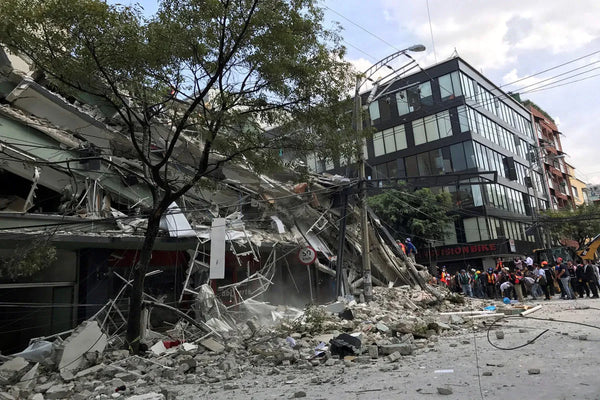With the ever-increasing electricity costs, the looming rainy season, which often results in power outages and the rising environmental concerns, solar panels have never been more enticing to Philippine homeowners.
After all, not only do they use a renewable energy source, but they also promise to cut power costs while maintaining reliability and durability. However, you may be wondering, 'How many solar panels do I need to power my home efficiently?'
Lucky for you, we have all the answers in this article. This comprehensive guide shows you how to gauge the exact number of solar panels your Filipino home needs. 2024 Solar Panel Price in the Philippines check here.
How Many Solar Panels Do I Need?

The number of solar panels you may need varies depending on several factors. These include your current electricity consumption and the rate of sunshine exposure in your home. Here is a closer look at the factors to consider when determining the number of solar panels you need:
Daily Energy Consumption
First off, grab your most recent electric bill. Overlooking the astronomical power costs, zero in on the amount of power your home consumes each billing cycle – usually denoted in kilowatt-hours (kWh).
As a general rule, the more electricity in kWh your home consumes, the more solar panels you will probably need. But do not forget you can still cut down more on solar panel power usage by using LED bulbs and energy-saving appliances, as well as optimizing electric use during peak hours. But what do we mean by peak hours? More on that below.
Sunlight Exposure and Climate
The amount of sunlight your particular region receives also plays a role in gauging the number of solar panels you need. Areas with more consistent and bright sunlight are more likely to need fewer solar panels than those without.
Luckily, most regions in the Philippines receive about four to five hours of bright and consistent sunlight each day. These hours are what we refer to as peak hours. And with that, given that you have already determined how many kWh your home consumes per month, here is the formula to calculate how much solar power you need in your home:
Home's electric usage per month/ monthly peak hours (5x30)= solar panel size in kW
Size of Solar Panel
Now that you have the solar panel system size you need in kW, you are set to consider what solar panel size you want. But wait – the dimensions and features of your roof come into play here.
Nonetheless, solar panels come in different shapes and sizes. And what's more, they do not necessarily have to be installed on your roof, especially if they will not get as much sunlight as they need for maximum efficiency.
Solar Panel Output
Having in mind what size of solar panels you want to use to power your home, the next step is to determine their output. Also referred to as wattage, output is the amount of electricity one panel generates. Keep in mind that most solar panels generate between 250 and 400 watts of electricity.
So, if you need 8kW to power your home in a single month and the output of your preferred panel is 350 watts, you will need about 22 solar panels in your home. The formula used here is:
total power required/ solar panel output in kWh= number of solar panels needed
Note that this formula also depends on the roof space, roof size, and the amount of bright sunlight your area receives consistently.
How Many Solar Panels Can Power a House?
Generally, a 300-meter-squared home in the Philippines that consumes 300kWh of power every month needs about seven solar panels. That way, they will reduce their electric bill by a whopping 95%! But that is only if the roof is facing south, each panel's output is 340 watts, and the region receives about five hours of bright sunlight daily.
As you can see, there are many factors you need to consider when quantifying the number of panels needed to power your home. But most only require solar panels to power their home during the day since that is when most power consumption takes place. But if you want your home to run solely on solar power, then you will need more panels as well as a solar battery to store excess solar power for nighttime use.
Is My Roof Suitable For Solar Panels?

You probably know that solar panels are often installed on the roof. If you are concerned about the aesthetic of your home, this may be a little discouraging. But considering the benefits you are yet to enjoy, like reduced electric costs and a more dependable power source, they should turn your frown upside down pretty quickly.
But is your roof capable of hosting solar panels? The good news is that most roof types, whether flat or sloping, can accommodate a wealth of panel options. Here is an overview of factors that dictate which solar panels are most suitable for your roof:
Orientation
Since Philippine homes are in the northern hemisphere, west, east, or south-facing roofs are ideal for solar panel installation. However, south-facing roofs are more preferred since they are in the best position to absorb the most sunlight for more hours each day.
Do note that solar panels can also be installed on north-facing roofs. But they will need specialized equipment to maximize their sunlight absorption. In other words, higher installation costs.
Material
GI sheets or flat roofs are the best for solar panel installation. Other good options include asphalt shingles, clay tiles, Spanish tiles, and standing seam metal roofs. Alternatively, wood, terracotta, and slate roofs are bad options because of their delicate nature.
Tilt and Size
The ideal roof angle for solar panel installation is 30 - 40 degrees. So, if you have a large and flat roof or a pitched one with a gentle slope, installing solar panels on it should be seamless.
However, those homes with steeper roofs may need to dig deeper in their pockets since their solar panel installation will require specialized equipment.
How Efficient Will My Solar Panels Be?
Even if you have the perfect roof for solar panel installation, it is common to question whether solar panels will really be efficient for your home. The good news is that the sun never fails to shine in the Philippines. With the dry season, which starts in March and ends in May, full of hot and sunny days, Filipinos have found that solar panels are a valuable investment.
What's more, the Philippines is known for its tropical climate. In other words, there will never be a day when there is totally no sunlight. In other words, your solar panels will have a power source throughout the year.
Moreover, did you know that the efficiency of solar panels increases in colder temperatures? That is because they generate more voltage during that period, resulting in more power. That means even during the cold months of December, January, and February, Filipino homeowners can enjoy the remarkable benefits of solar energy.
How Much Do Solar Panels Cost?
It goes without saying that your projected budget plays an essential role in the number of panels you will need for your Philippine home. The average cost of one solar panel in the Philippines ranges from ₱30,000 to ₱50,000. And that does not factor in the installation costs.
However, do not let the price astonish you just yet. You also have an option to install just a few panels, subside your electricity costs, and reduce your carbon footprint. Likewise, there are several incentives that you can leverage to offset your solar power installation costs.
Are Portable Solar Panels Suitable For Homes?
Portable solar panels are a reliable and environmentally friendly solution for Filipino homes. In addition to catering to your power needs, they are compact and lightweight, making them ideal for versatile use.
And when you use BLUETTI products like the BLUETTI PV350 solar panel, you don’t even need to be under direct sunlight to power your home as they can generate solar energy even during overcast days. But keep in mind that solar panels come in different materials and sizes, which inherently affects their price, rated power, and efficiency.

For instance, if your home has higher power demands, you can opt for the BLUETTI PV420 Solar panel. Not only will it save you from the hassles of frequent power outages and soaring electric bills, but it is also easy to carry when going for outdoor adventures.
What Can Portable Solar Panels Do?
Investing in portable solar panels for your Philippine home is a smart choice for various reasons. These include:
Exceptionally Compact and Lightweight
Portable solar panels are designed with movement in mind. That means their size and weight are just sufficient to enable users to carry them wherever they go – be it camping, a remote work site, or even hiking.
Powerful Capacity

It is astounding how efficient these portable devices can be. Although they come with different electric capacities, the BLUETTI AC180 solar portable power station, for instance, generates 1800W, which is more than enough to power an entire home or small business comfortably.
But of course, you can also opt for options with a smaller capacity to only power your mobile phones, laptops, and other accessories. It all depends on your specific needs.
Safe and Easy to Use
Power generators must be safe and convenient to use. Otherwise, having such powerful machines in your home would be disastrous. And that is why BLUETTI products, such as the BLUETTI AC300 + B300 feature an advanced battery management and safety feature.
As such, this, among other BLUETTI products, do not overcharge, over-discharge, or even short circuit. All their products undergo thorough testing to meet local and international safety standards.
Weather Proof
Regardless of where you are, portable solar panels are water-resistant. So, do not worry if a few splashes of water land on it. But be careful not to immerse it in water and avoid leaving it under rainwater for maximum use.
Facilitates Long-Term Savings
Most high-quality portable solar panels, like those from BLUETTI, are made from monocrystalline. That is a highly efficient material, especially when it comes to the absorption and conversion of sunlight to electric energy.
As a matter of fact, it has a 23.4% conversion rate and a 95% transparency rating. So, the conversion rate is high enough to power the average Filipino household.
Final Thoughts
Solar panels are a wise financial move for any Filipino homeowner. These outstanding and eco-friendly devices not only serve as a reliable power supply for on and off-grid living but also help save on electric costs.
Nonetheless, portable solar panels are more ideal for those who value flexibility and durability. After all, you can take them with you anywhere you go.
Also, for the best quality solar panels in the Philippines, head over to BLUETTI for an array of cost-effective options that do not compromise the value they provide.







